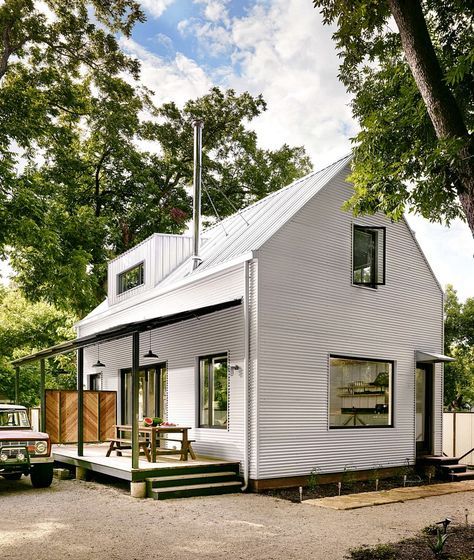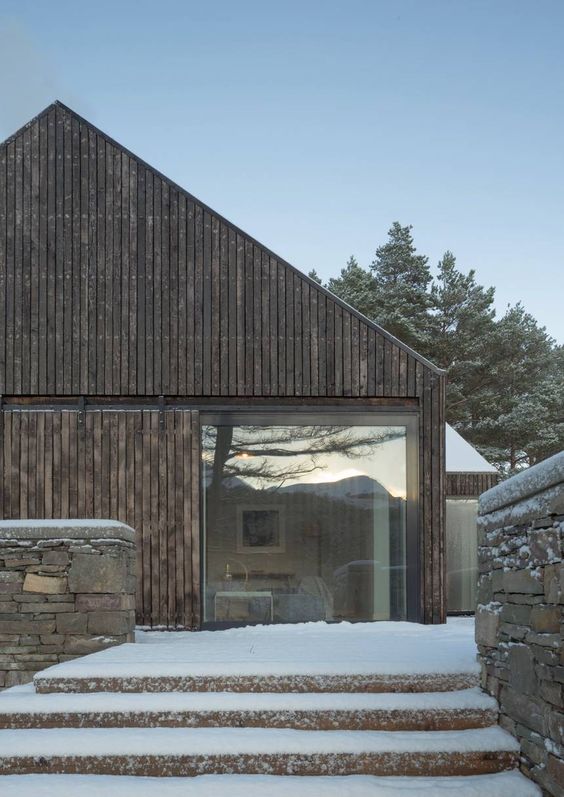
How to Build the Perfect Energy Efficient Building
Sustainability and energy efficiency are set the be fixtures in the architectural world from now on, and quite frankly, it’s about time. The government is doing a lot to reduce the number of carbon emissions and our carbon footprint, and it’s actually a blessing in disguise for many. These solutions are not only responsible but allow you to save on costs as well. This is why more and more builders are asked to build with sustainability in mind. Here’s how the perfect energy-efficient building is made.
Orientation Comes First
The first factors to consider when building an energy-efficient home or facility is location and orientation. The goal here should be to maximize solar gains while keeping heat gain under control during the summer months. This will allow you to optimize heating in the winter, and reduce reliance on AC in the summer.
On the other hand, businesses should not only look at the design to cut costs. Adopting energy-efficient habits should be the first step. They should also take advantage of the numerous suppliers that are competing for their business. They can always use a comparison site like Utility Bidder to compare business electricity suppliers. This will give them a quick snapshot of how much they can expect to pay and more options when comes time to negotiate.
Landscaping
You can also use landscaping as a tool to save energy. Plant deciduous trees on the south and west side depending on your location to provide shade to certain areas during the summer months. And if you’re worried about winter, remember that trees will be completely free of leaves by then, allowing you to benefit from all these solar gains.
Air Tightness
Air leakage can make a world of difference in the energy efficiency of a building, especially when it’s a large facility. Not only that, but it will also dictate how efficient solutions like heat recovery ventilation will be. Everything has to be made to make sure that joints, ducts, doors, sills, and vents are all properly sealed.
Heat Recovery
All buildings and homes should be built with energy recovery in mind. Heat recovery ventilation systems use cold air from the inside when using AC to cool hot air coming in, and the heat generated by heating to heat cool air coming in in the winter. Other technologies also allow you to recuperate heat from flue gas or even hot wastewater used in various processes.
Sun Powered
Solar energy can be used by virtually anyone to at least complement their current energy needs. Solar solutions should be an integral part of the design of any building, and the design itself should provide the orientation and flexibility needed to benefit from them.
We can look forward to a world where all homes are built to be energy efficient first and foremost. It translates to a better quality of life for everyone, energy savings, and lower stress on our energy supply.


